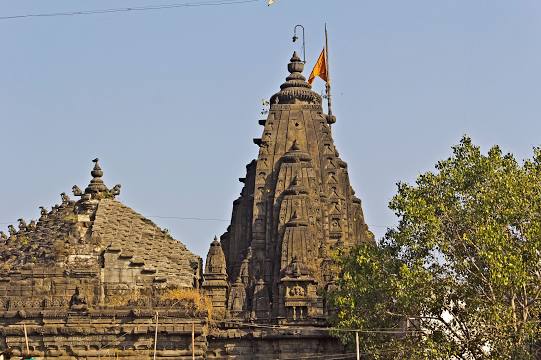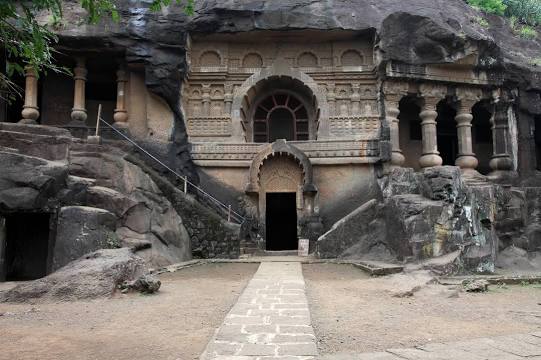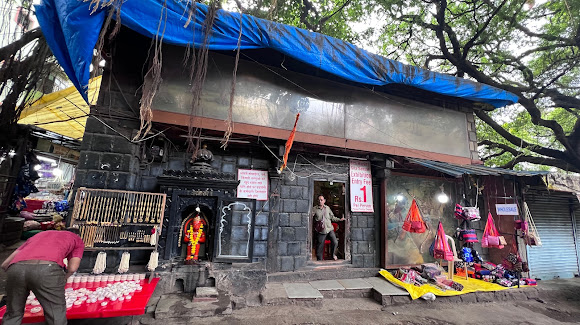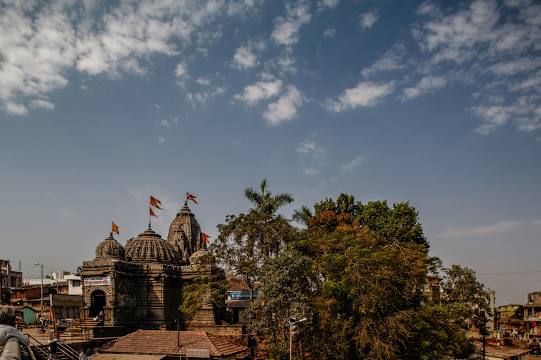Complete Guide about Kalaram Mandir
-
Location
Shri Kalaram Temple 2Q4W+JXJ, Nirman upavan C-3, Sita Gufaa Rd, opposite Kalaram Temple East door, Panchavati, Nashik, Maharashtra 422003
-
Timings
Every Day
05:30 am to 10:00pm -
Entry Fee
No Entry fee

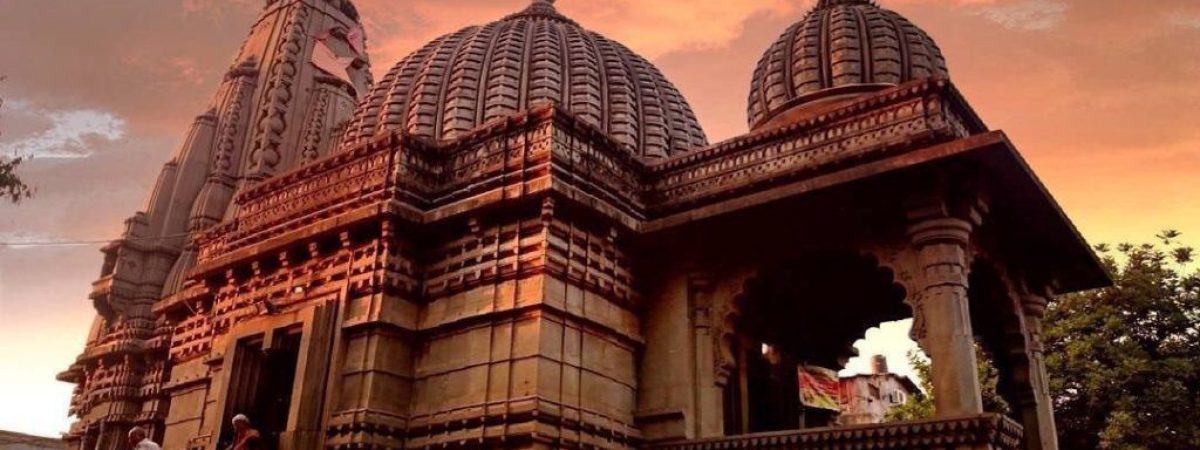
Kalaram Mandir, Nashik
About Kalaram Mandir
This is one of the city’s most important religious centres, and its name comes from the Lord Rama statue that is black. Additionally, there are black statues of Lord Hanuman, Sita, and Lakshman inside the temple.
The temple, which served as the site of a historic dalit movement, also has approved tour guides who can show you around the building. Another local site is the Kapileshwara temple.
Vaikom Mahadeva Temple Official website Link
www.vaikomtemple.org
The History
One of Nashik’s top tourist destinations, Kalaram Mandir, is located in the Panchavati neighbourhood. It was built in 1790 by Sardar Odhekar of Peshwa, and it is both the largest and the most straightforward of all the temples in Nashik. The sanctum sanctorum of the temple contains a decorated black stone idol of Lord Rama, who is revered there. The temple is known as Kalaram Mandir because the Lord’s picture is black in hue (meaning the temple of the black Rama).
In addition to the idol of Lord Rama, there are also black and ornamented idols of Sita Mata and Lord Lakshmana. Black stones have been used exclusively in the temple’s construction. There are four entryways, one on each of the four directions: east, west, south, and north. 32 tonnes of gold make up the Kalaram Mandir’s pinnacle. Harijans had previously been prohibited from entering the temple. Only in 1930, following Dr. Ambedkar’s Satyagraha, were Harijans permitted access to the building.
The black statue of Lord Rama is the source of the name Kalaram Mandir. Kalaram literally translates to “black Rama.” The statues of the goddess Sita and the god Lakshmana are also kept in the sanctum sanctorum. Every day, thousands of followers come here. The temple was constructed in 1788 with funding provided by Sardar Rangarao Odhekar. According to legend, Odhekar dreamed that the Godavari River had a black-colored statue of Rama. Odhekar built the temple after removing the statue from the river.
The temple played a crucial part in India’s Dalit revolution. On March 2, 1930, B. R. Ambedkar organised a demonstration outside the temple to demand the entrance of Dalits. A dark Lord Hanuman statue guards the main entrance. Additionally, a very ancient tree bears a stone with Lord Dattatreya’s footprint impressions on it. Near the Kalaram Temple, pilgrims go to the Kapaleshwar Mahadev temple.
Dekho Apna Desh
The DAD of Tourism
Get Direction to Kalaram Mandir, Nashik
Near Attractions

